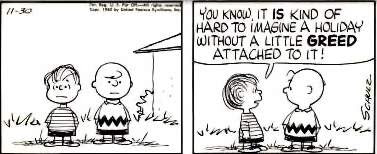"Kathy," I said as we boarded a Greyhound in Pittsburgh
"Michigan seems like a dream to me now"
It took me four days to hitchhike from Saginaw
I've gone to look for America
Riding that old grey dog was not as romantic as Paul Simon sang it. From the Great Depression, through the War, to after the highways were completed, until perhaps the first oil crisis when Nixon was president it was not too bad. Decay and increased dodginess came ever more apparent. There also were passenger trains for long distance travel, but air travel was less common. Having a car was less necessary, especially for daily travel to work, and shop, and errands for there were streetcars and such. Old people who never learned to drive, college students, military servicemen, and people with little means looking for a new town rode the buses. But at one point, something changed in America. This company was not managed well and sold a few times, employees were not treated well. Terminals were not maintained. Some people that habituated the terminals were rough, crazy, and had criminal interests eager to engage (this was true then too, but it grew). Travellers did not like to be there, and felt discomfort and unease. If i had the inclination, i would not be surprised to see the figures on percentage
of people using cross country, and inter-city bus travel to have
declined from some high point (but i am not writing for academic publication). Since Osama bin-Laden allowed gwbjr and his minions (and their successors) to add paranoid security, another level of unpleasantness has been thrown at people. Now everyone is a suspected terrorist.

Louisville 1937
Cleveland 1948-2012
both layered with some smooth rounding
William Strudwick Arrasmith was the architect of some sixty plus of
these puppies. The first being in Louisville Kentucky (where he was
based) in 1937 (now gone for more than a generation). He applied the Streamline
Moderne style of industrial design to architecture. Cleveland's was the
first completed after WWII in early 1948 and the last in that style and
the end of Art Deco. The Louisville depot's exterior was porcelain
enameled steel in Greyhound blue, Cleveland's (then the largest) is in
limestone with aluminum.












